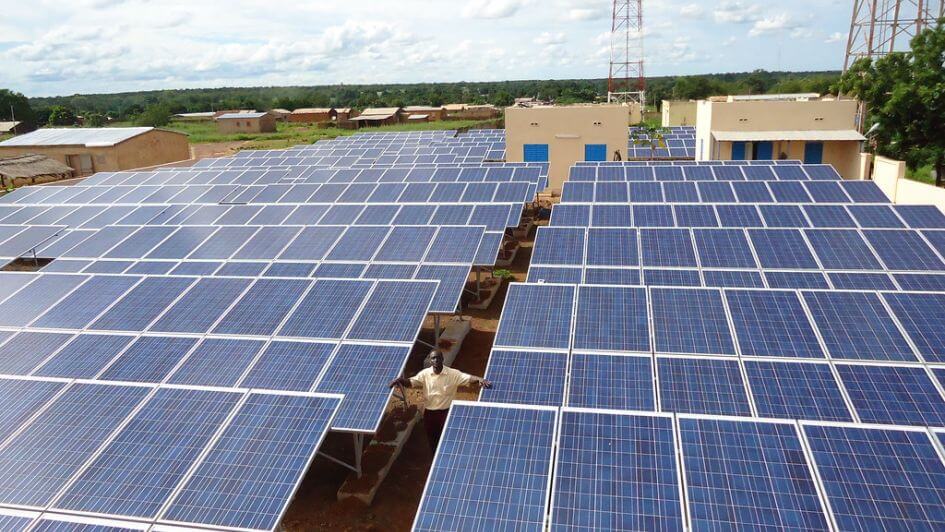As we move into 2024, Africa’s mini-grid sector emerges as a beacon of resilience and innovation, marking a year of significant achievement and setting a promising tone for 2024. The sector’s journey, characterized by overcoming financial and policy hurdles, has been a testament to the transformative power of renewable energy in underdeveloped areas.
A moment marking this journey was Husk Power Systems’ significant $43 million Series D equity funding, led by STOA Infra & Energy and supported by the U.S. International Development Finance Corporation. This milestone, coupled with a $60 million debt support from the European Investment Bank and the International Finance Corporation, set a new benchmark in mini-grid financing. Similarly, Nuru’s success in the Democratic Republic of the Congo, with over $40 million in Series B equity funding and an additional $28 million in project finance, underscored the sector’s potential to bridge energy gaps. The $10 million strategic investment in ARC Power’s Clean Energy Expansion plan by OikoCredit and Triodos Investment Management in Rwanda has the potential to further diversify the energy landscape.
Energicity’s collaboration with the Universal Energy Facility to establish seven mini-grid sites in Sierra Leone and Hydrobox’s $1.5 million investment from Fortis Green Renewables in small hydropower projects exemplified the sector’s ability to provide sustainable and eco-friendly energy solutions.
However, despite these successes, a stark reality remains. According to the International Solar Alliance, only 3% of the $380 billion invested in solar energy in 2023 reached Africa. This disparity highlights the significant funding gap in renewables across the Global South.
Addressing this challenge, Dr. Ajay Mathur, Director General of the International Solar Alliance, offers a comprehensive strategy to attract global finance into Africa’s DRE sector. His approach focuses on building market confidence, emphasizing the low default rate in the sector and the need to understand the unique market dynamics and regulatory environments across Africa.
Dr. Mathur also stresses the importance of evidence-based approaches and market awareness, with organizations like Power for All playing a crucial role in showcasing the sector’s successes. Collaboration and risk mitigation are key, involving partnerships between governments, private investors, and local communities, and developing financial instruments like guarantees and insurance products to attract diverse investors.
A long-term investment vision is essential for sustainable growth in the DRE sector, focusing not only on immediate returns but also on the long-term socio-economic and environmental goals of African nations.
The African mini-grid sector’s journey in 2023 has been one of remarkable achievements and resilience. The sector is poised for continued growth in 2024, with the strategies outlined by Dr. Mathur offering a roadmap for enticing more global finance and ensuring sustainable development. Building market confidence, leveraging evidence and awareness, fostering collaborations, mitigating risks, and maintaining a long-term vision is key to unlocking the full potential of Africa’s DRE sector, and paving the road for a brighter, more empowered future.
